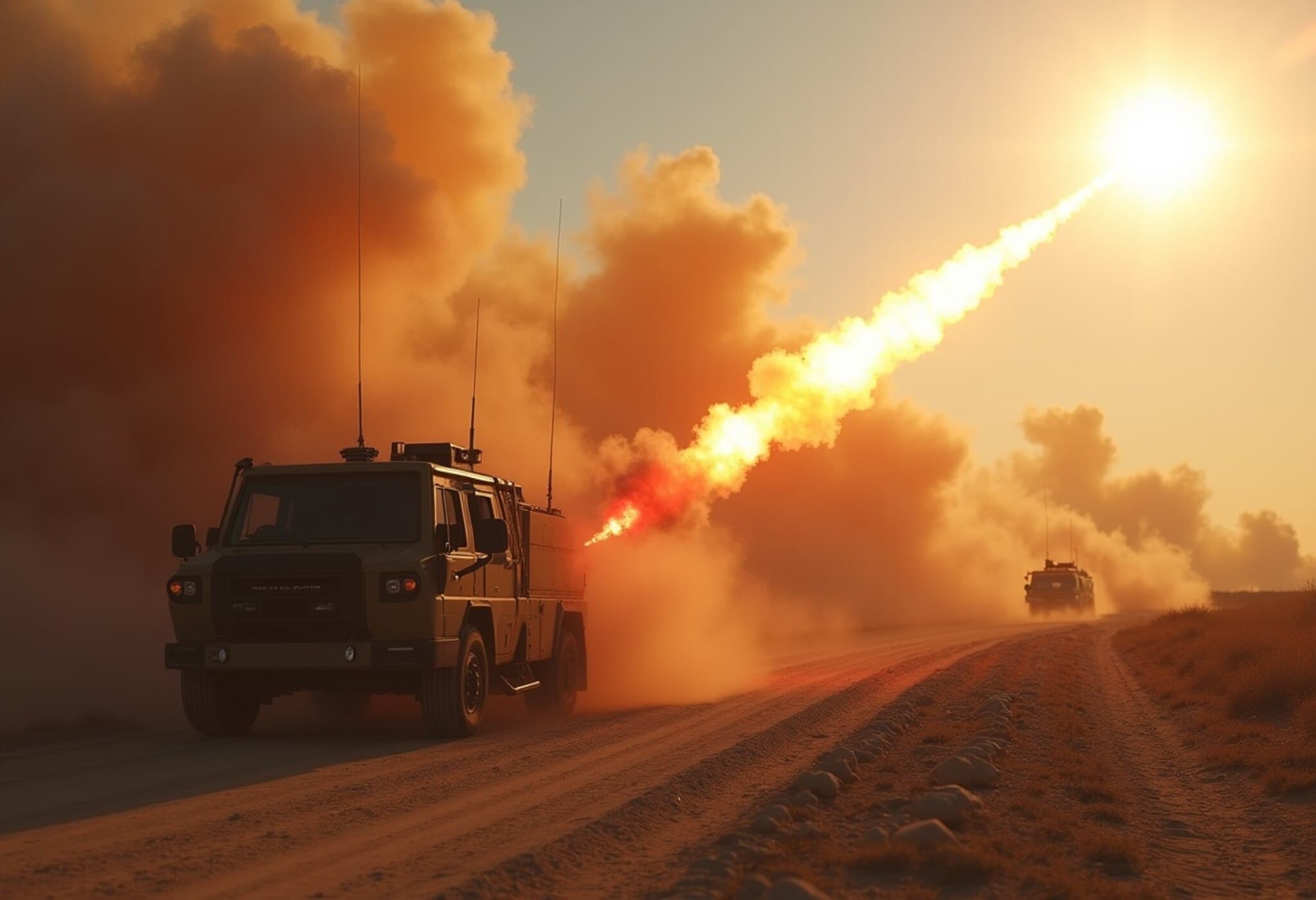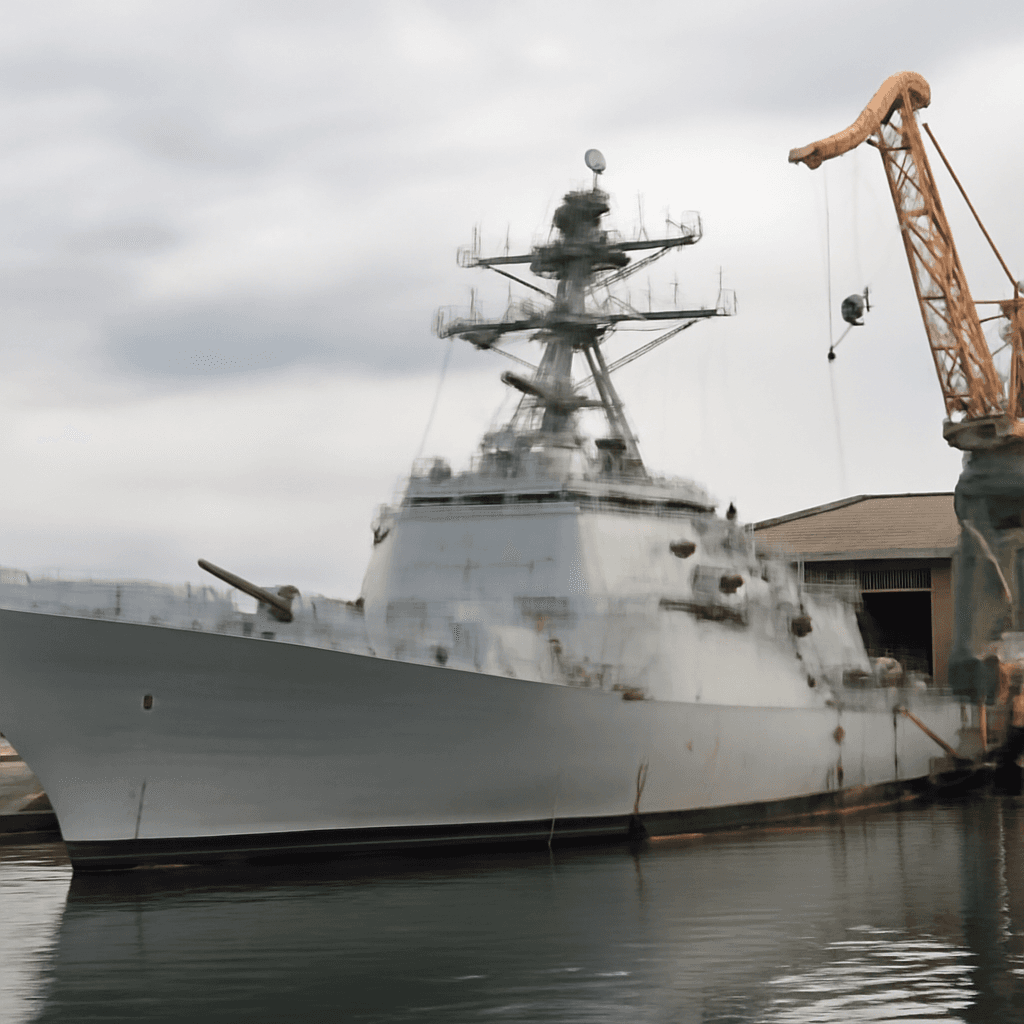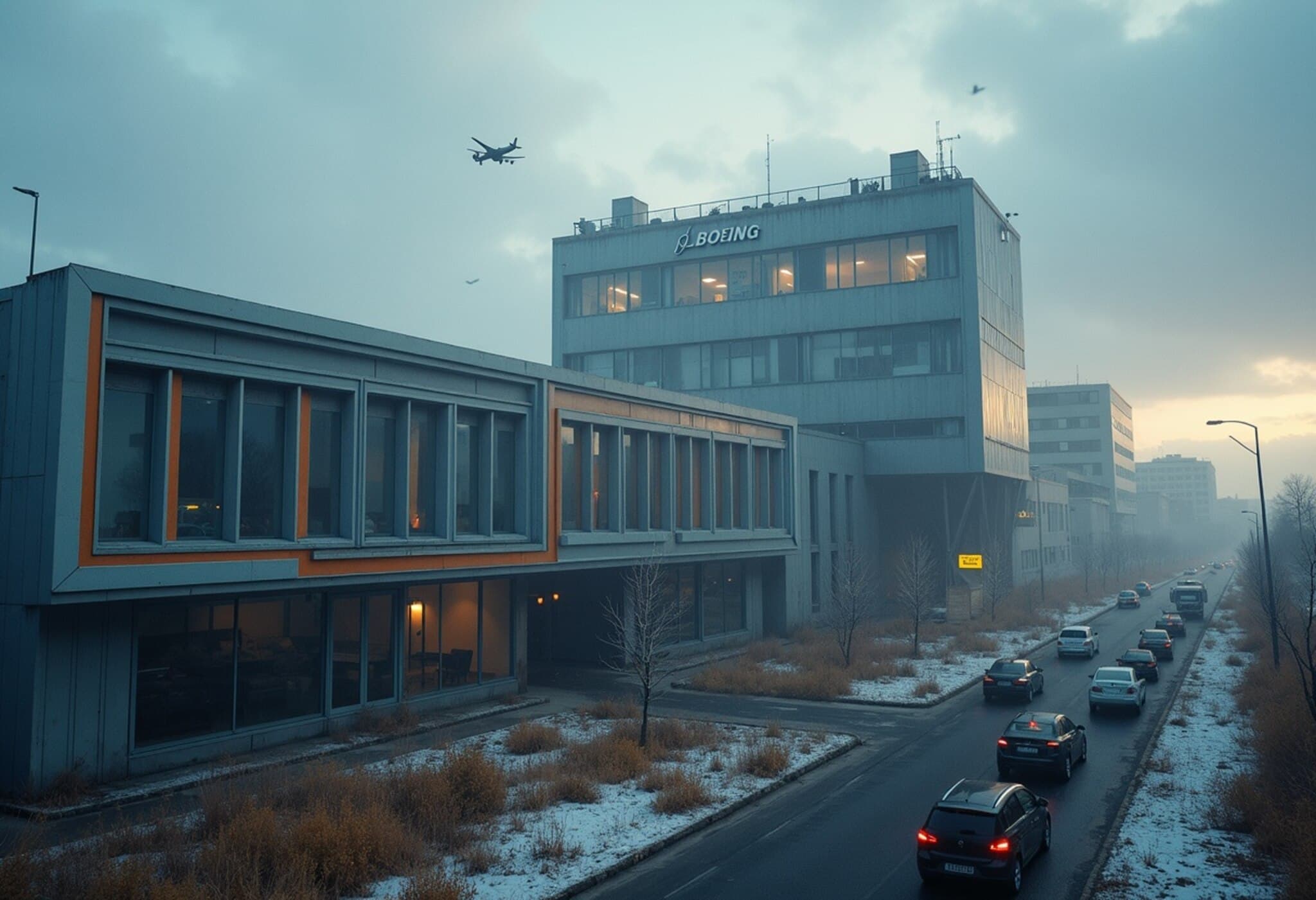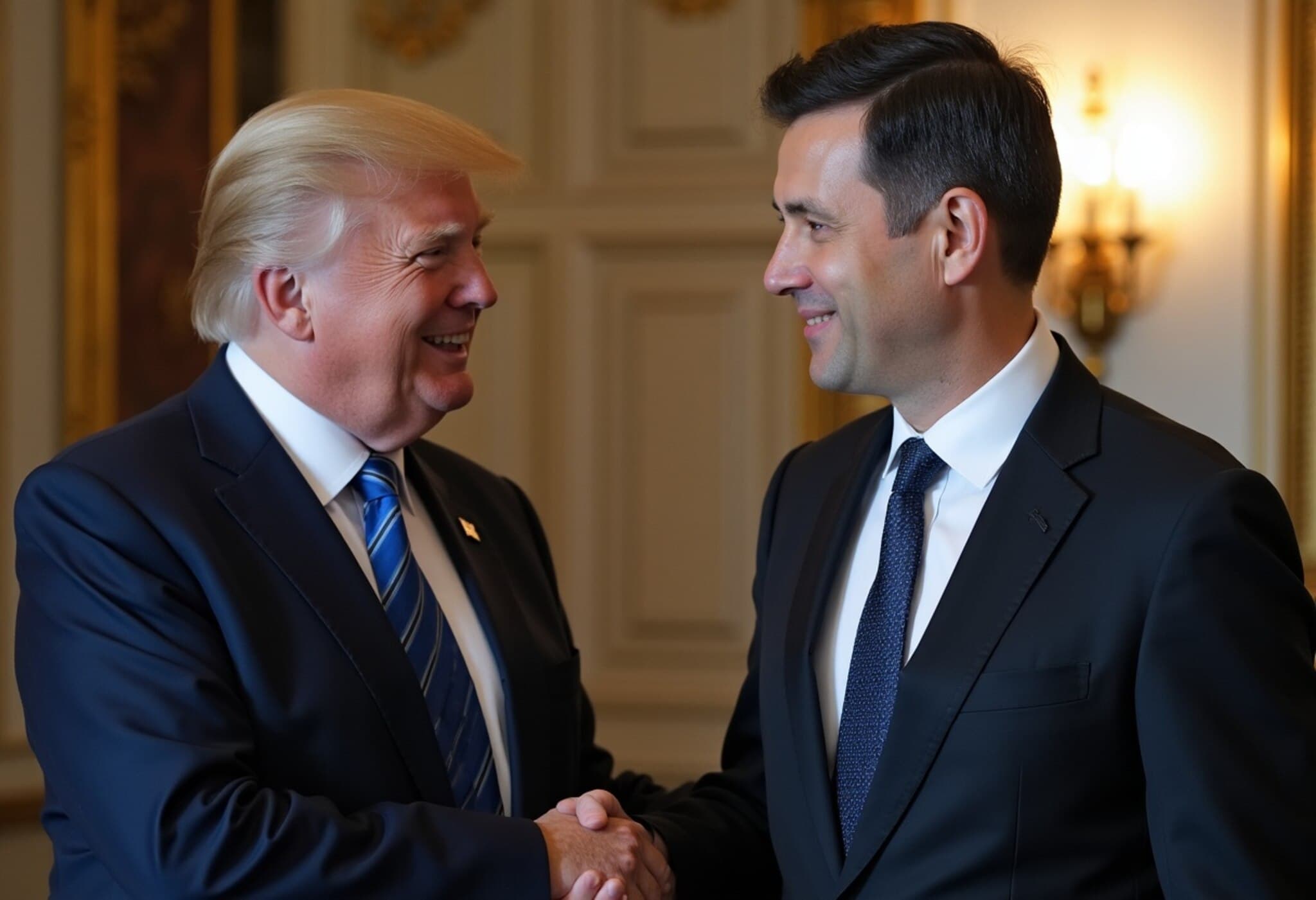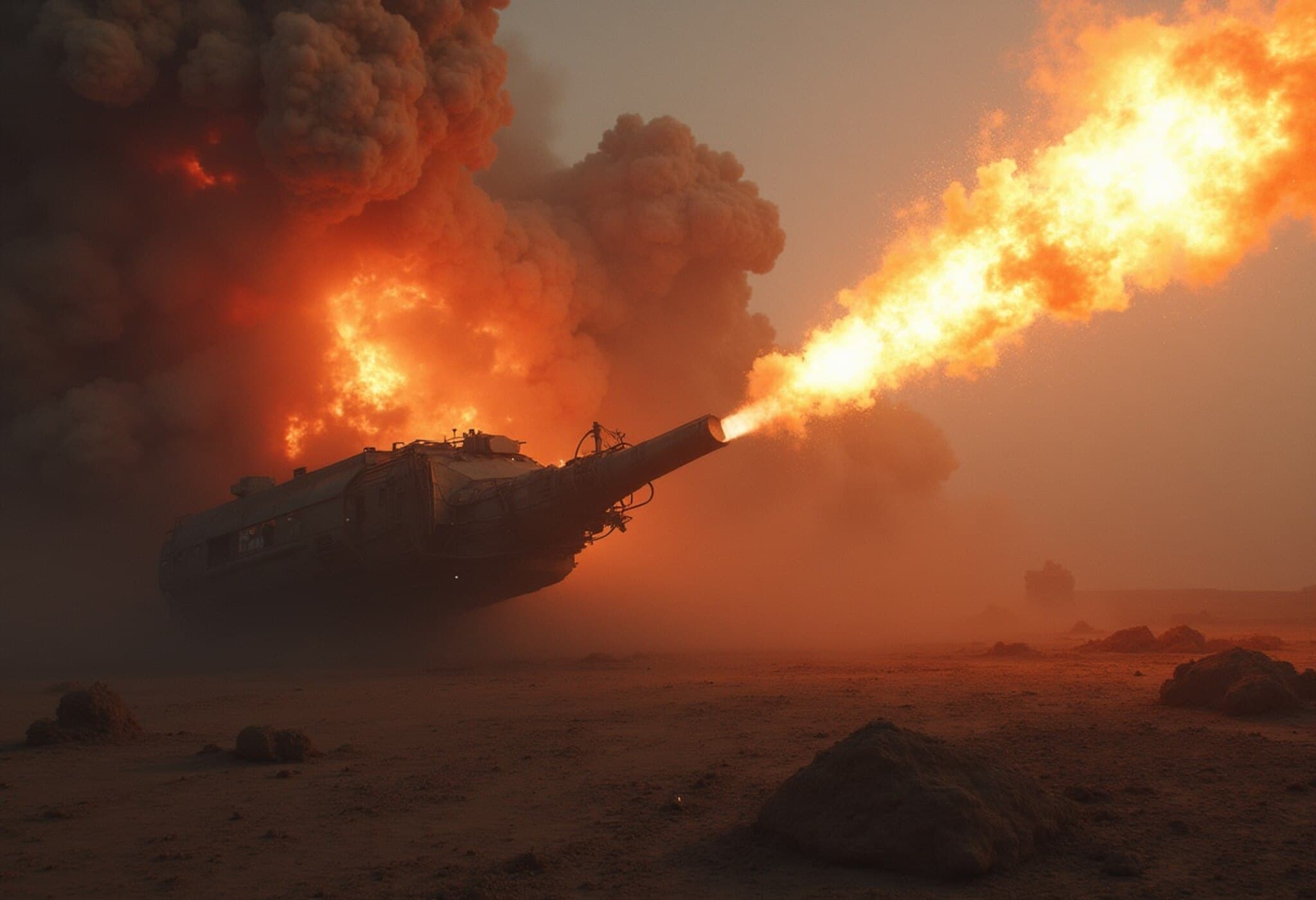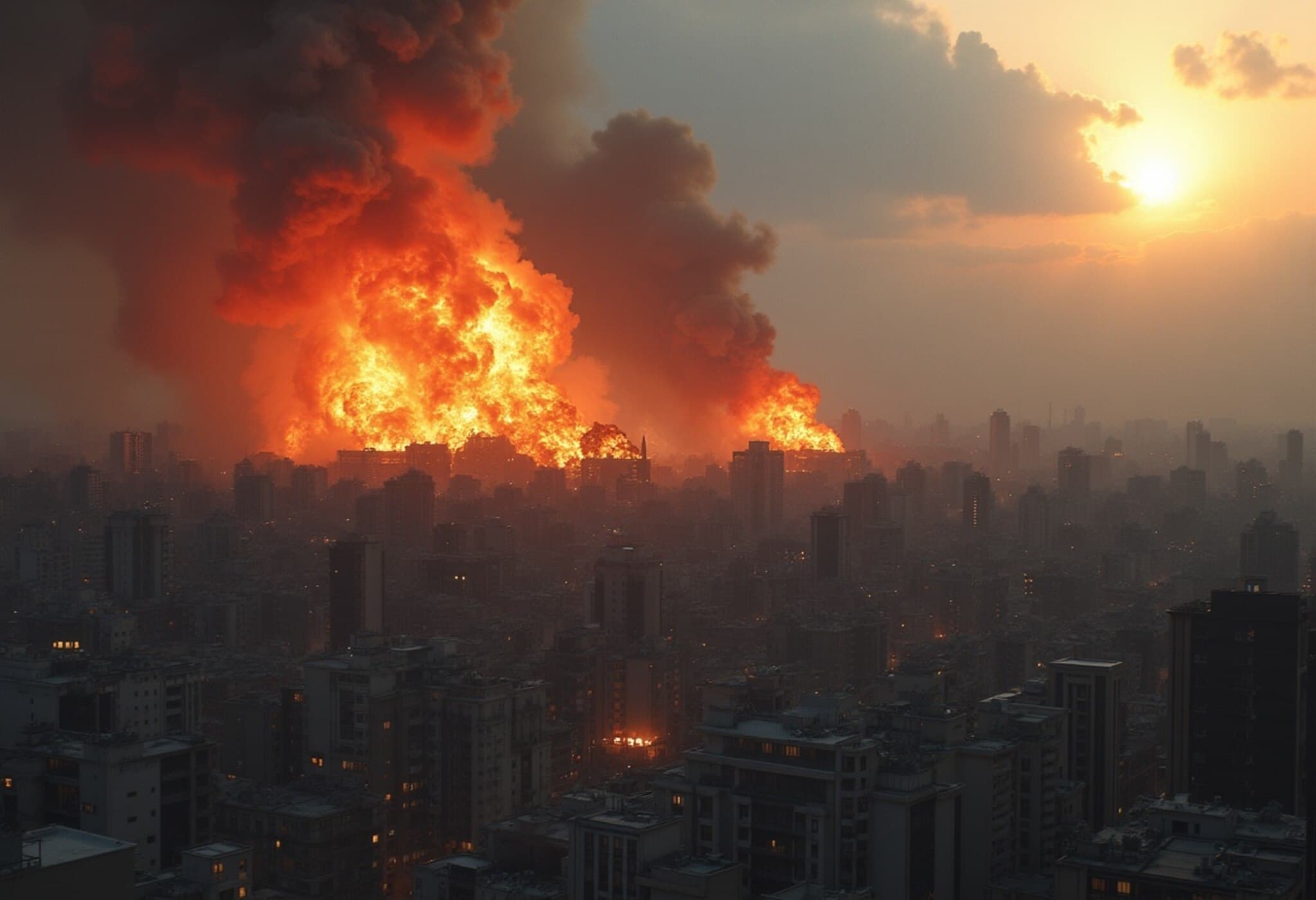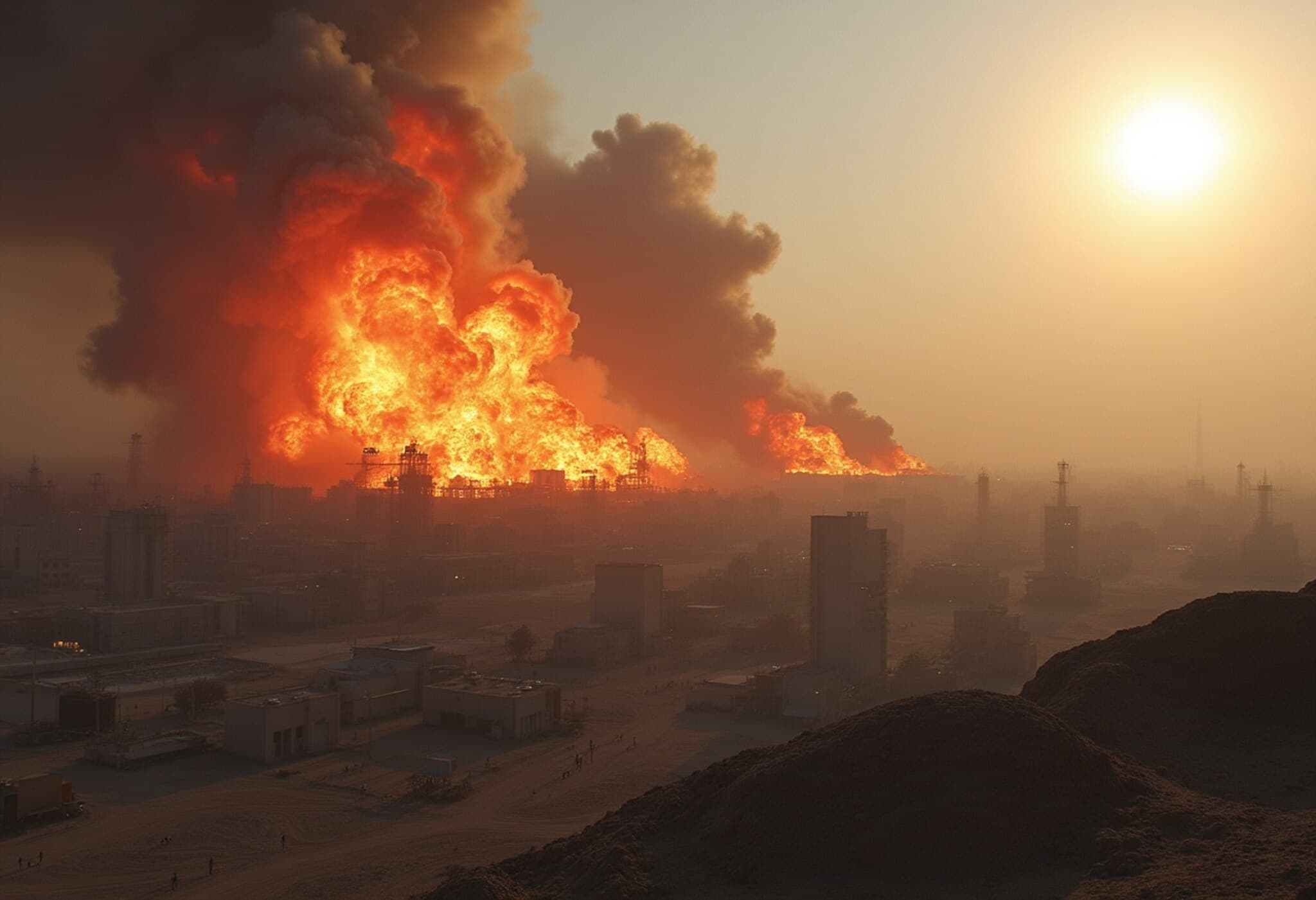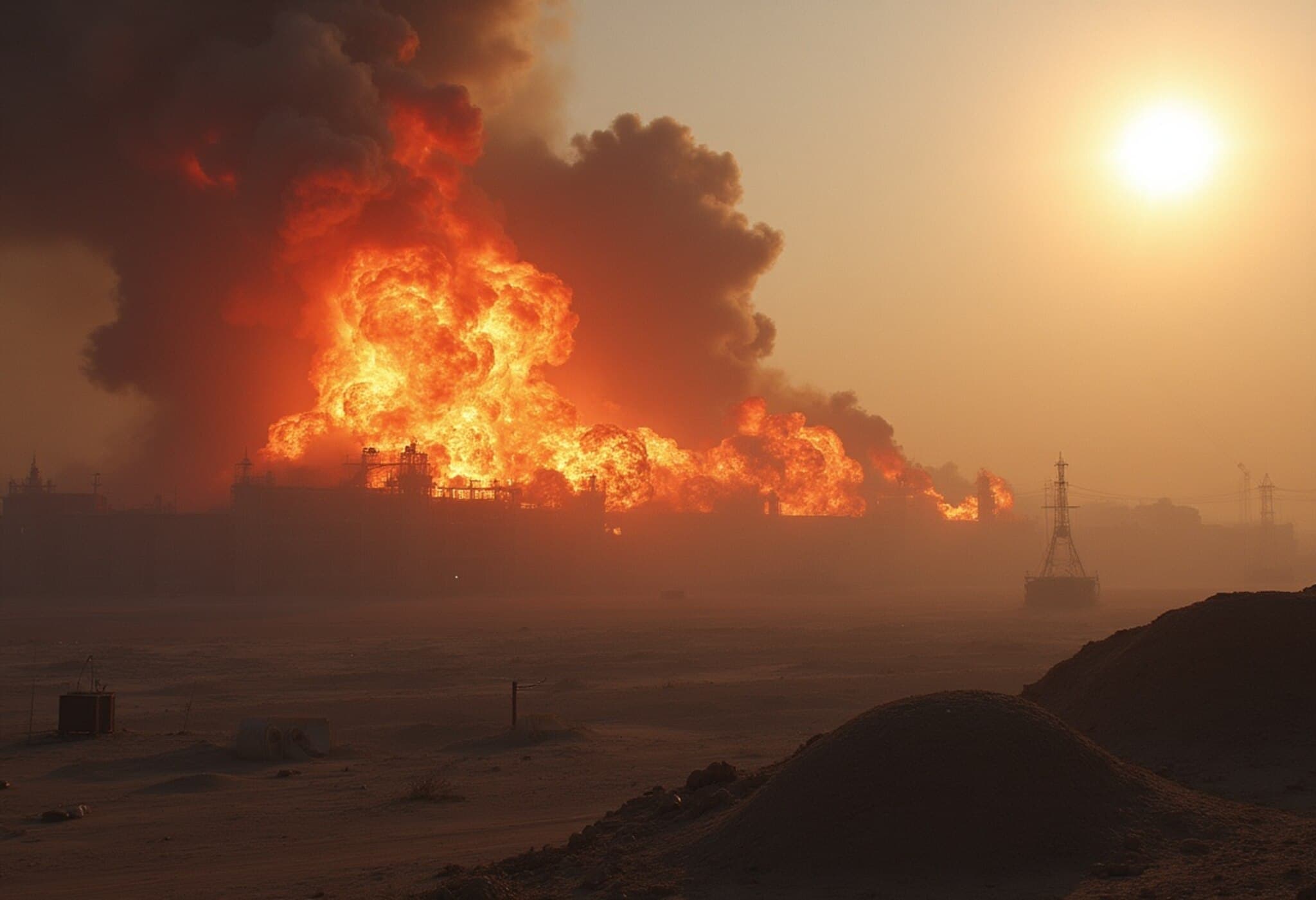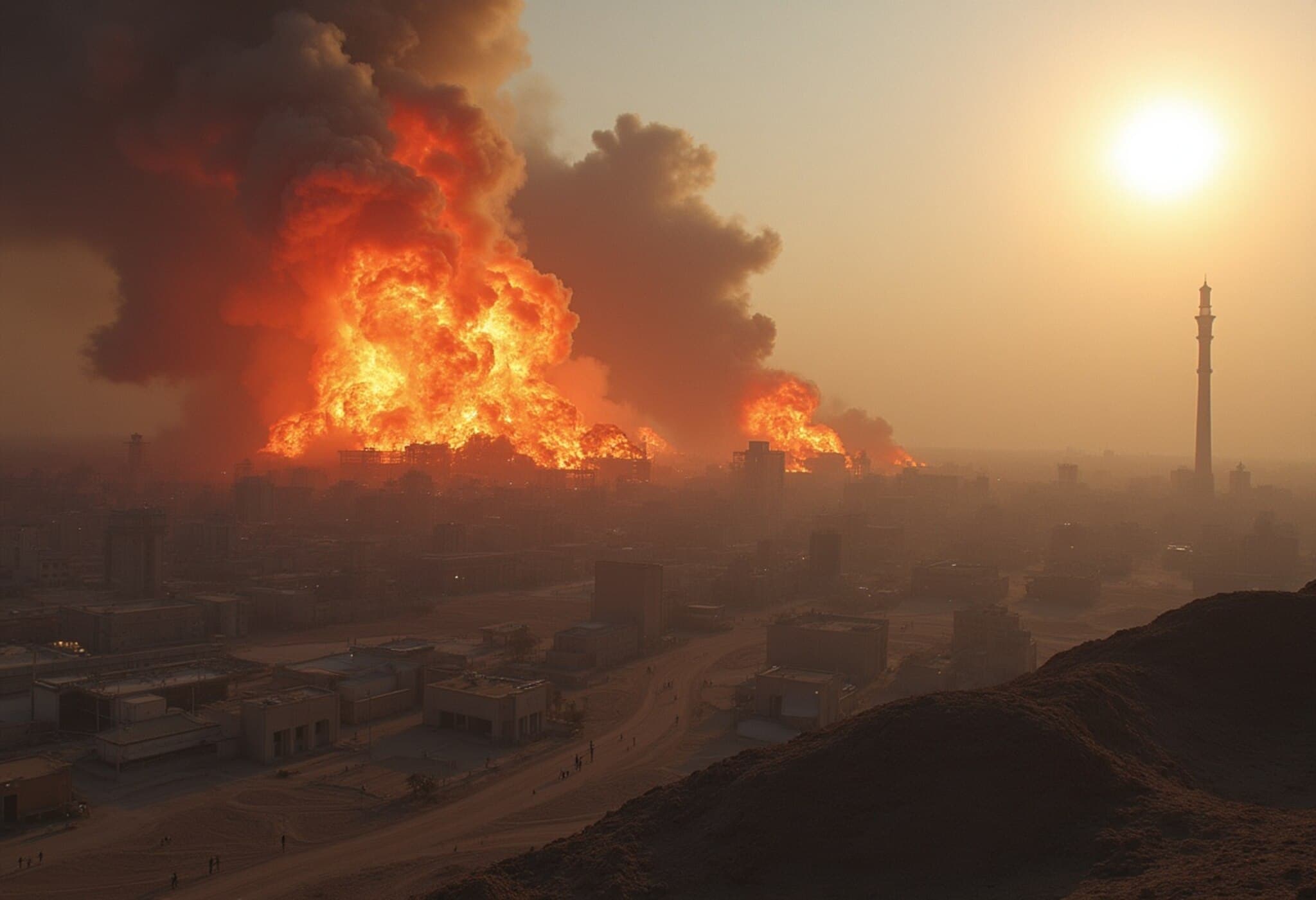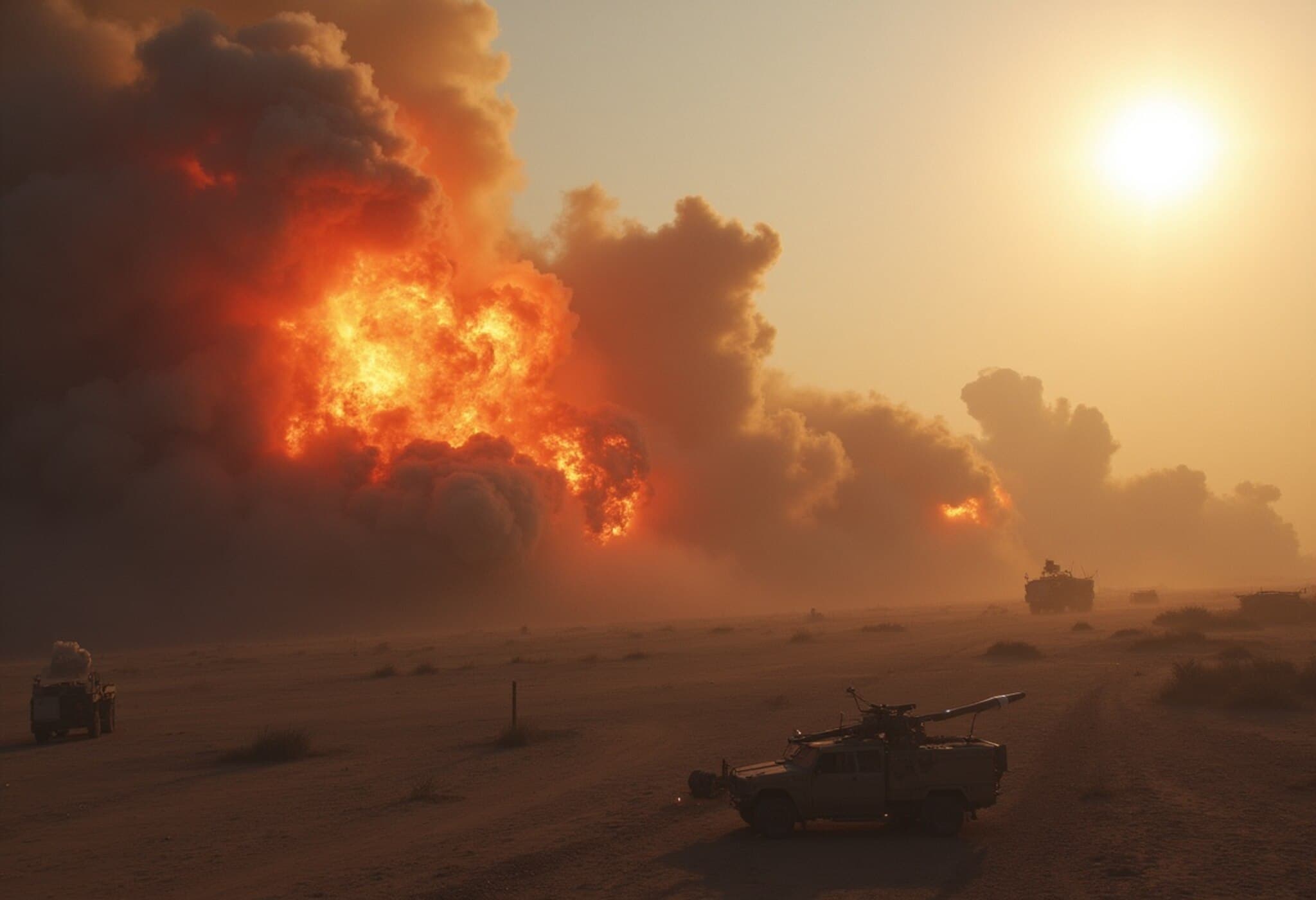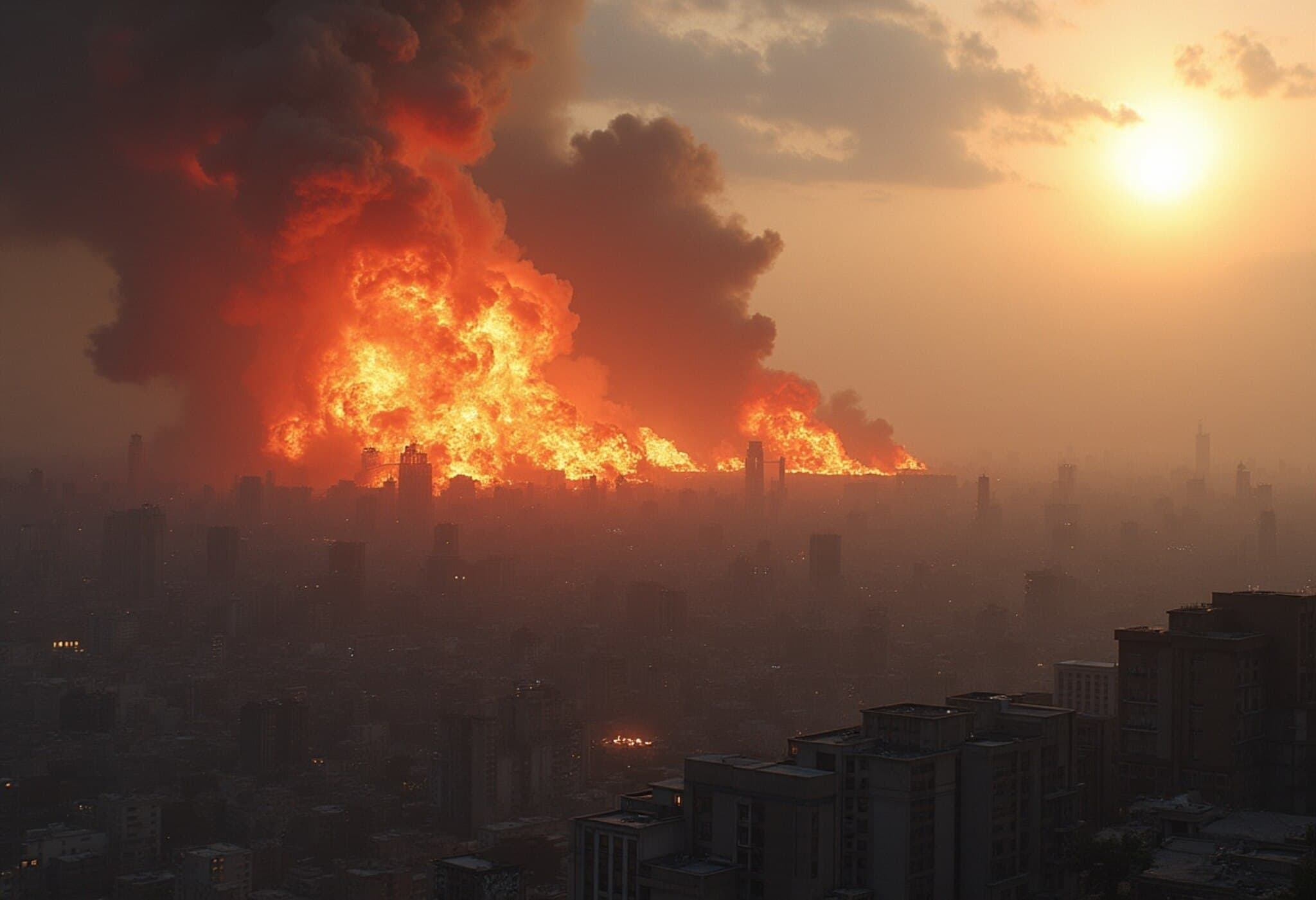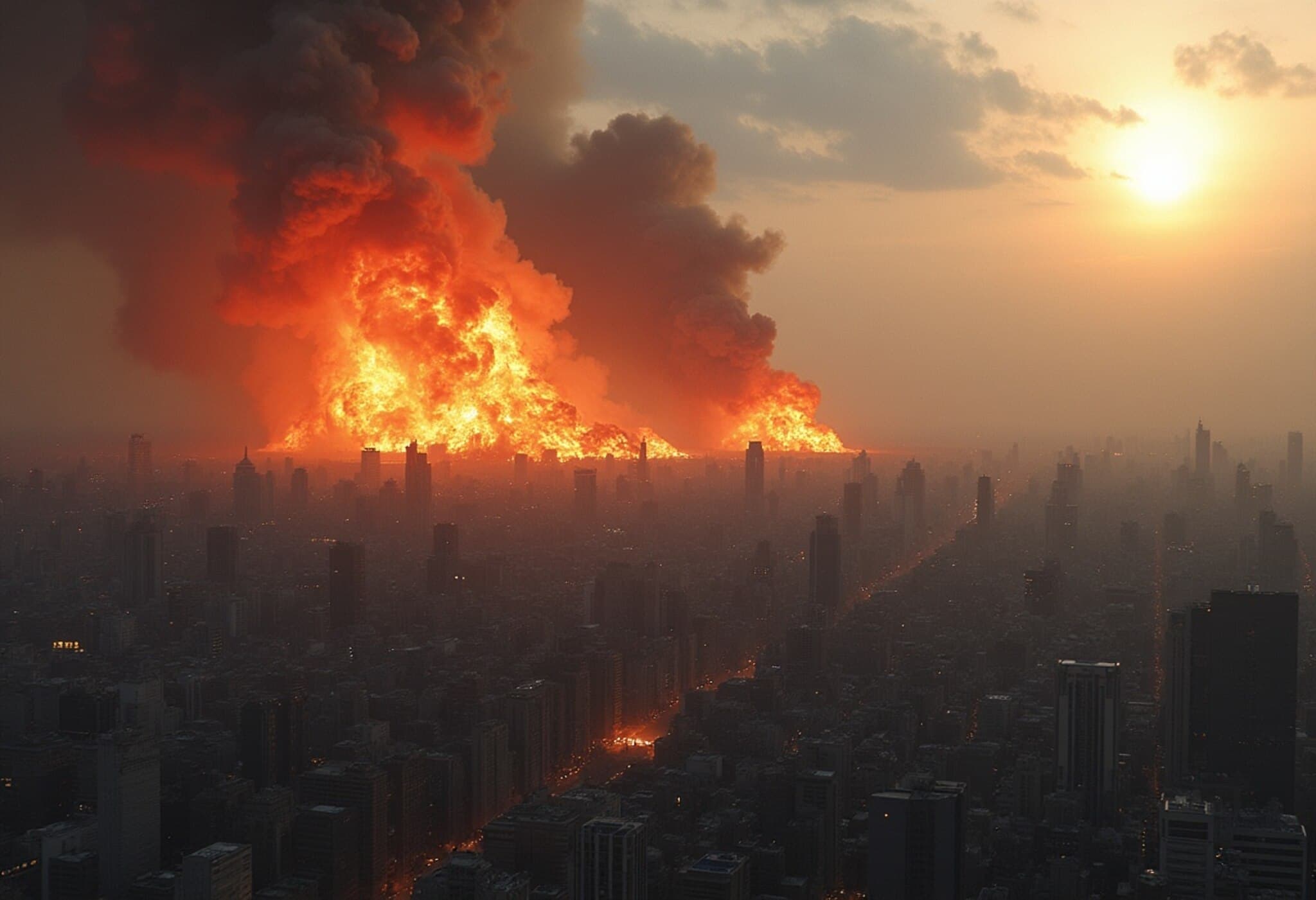US Officials Cast Doubt on Impact of Airstrikes on Iran’s Nuclear Sites
At a recent NATO summit in The Hague, US President Donald Trump and Defense Secretary Pete Hegseth acknowledged that the damage inflicted on Iran’s nuclear facilities by American airstrikes might be less severe than initially portrayed. This admission follows a leaked Pentagon intelligence report suggesting Iran's nuclear program was only delayed by months, rather than severely crippled.
Mixed Messages from Washington
President Trump described the intelligence findings as “inconclusive,” stating, “The intelligence says we don’t know. It could’ve been very severe.” Despite this uncertainty, he maintained his earlier position by emphasizing the strikes caused “obliteration” of the nuclear sites. Trump went so far as to liken the US bunker-buster bombs deployed against the Fordow and Natanz enrichment plants to atomic bombs, underscoring their significance in his view.
Meanwhile, Defense Secretary Hegseth revised his previous claim that Iran’s nuclear capabilities were “obliterated,” now describing the damage as ranging from “moderate to severe.” He also pledged an FBI investigation into the leaked intelligence but dismissed the information as false.
Leaked Report Challenges Initial Assessments
The Pentagon’s Defense Intelligence Agency (DIA) report detailed that critical underground facilities at Fordow and Natanz remained mostly intact, with essential components like centrifuges recoverable within months. Independent confirmation from multiple sources referred to the assessment as low-confidence, and further review might downgrade the damage estimates further.
Official statements revealed that most of Iran’s substantial stockpile of 400 kilograms of 60 percent enriched uranium had been relocated prior to the strikes and remains unaccounted for, raising concerns about the overall effectiveness of the air campaign.
Limited Physical Damage and Iran’s Nuclear Resilience
Although US and Israeli forces targeted key sites, much of the visible destruction was confined to aboveground structures. Experts analyzing satellite imagery warn that Iran could quickly revive its nuclear program, especially if it moves operations to undisclosed locations beyond the scope of current strikes.
Israeli Perspective: A More Optimistic Assessment
Contrasting the US’s cautious tone, Israeli military officials expressed more confidence about the operation’s success. Brigadier General Effie Defrin described the attacks as delivering a “significant blow” to Iran’s nuclear infrastructure, predicting a setback of up to two years. Israeli intelligence assessments similarly estimate the delay in Iran’s nuclear timeline to be around two years.
Growing Worries Over Iran’s Nuclear Commitments
Tensions heighten as Iran’s parliament reportedly prepares legislation that could withdraw the country from the 1968 Nuclear Non-Proliferation Treaty (NPT). Such a move would halt Tehran’s cooperation with the International Atomic Energy Agency (IAEA) and end remaining oversight mechanisms — a development viewed as highly alarming by nonproliferation experts.
The Stakes for Global Security
The disappearance of Iran’s enriched uranium stockpile combined with unclear damage assessments have been described by experts as a severe setback for global nuclear nonproliferation efforts. As the situation evolves, the international community remains watchful of Iran's next moves regarding its nuclear ambitions and treaty obligations.



